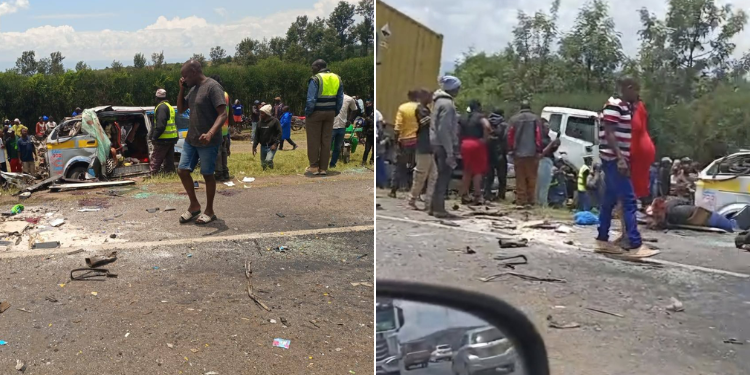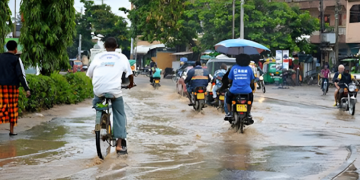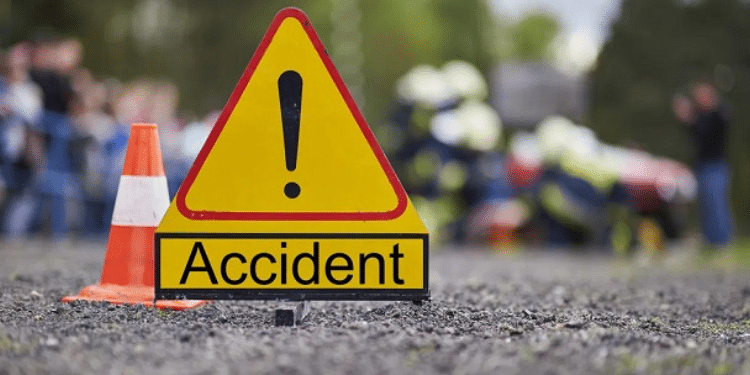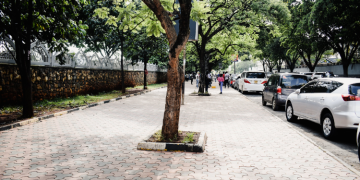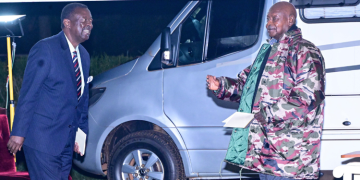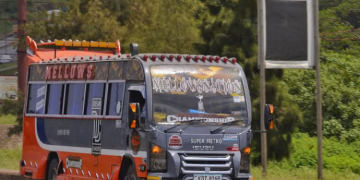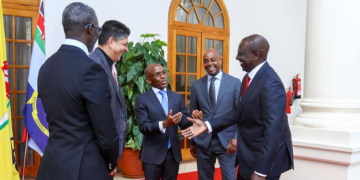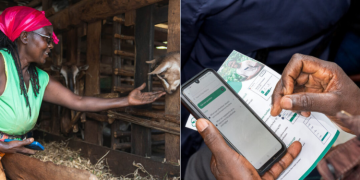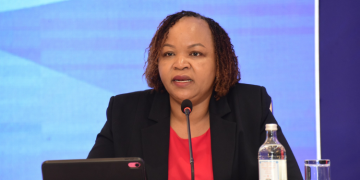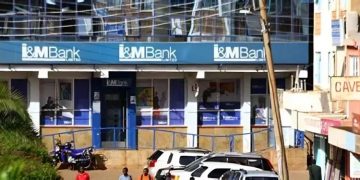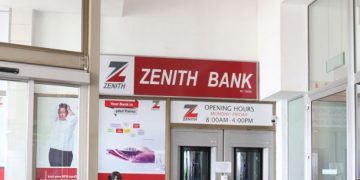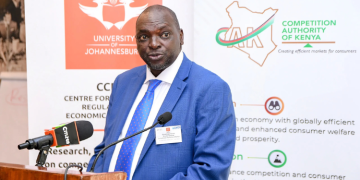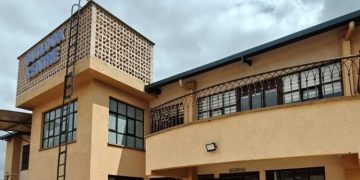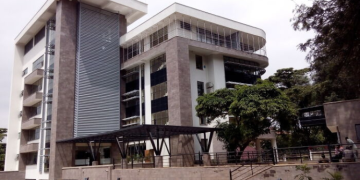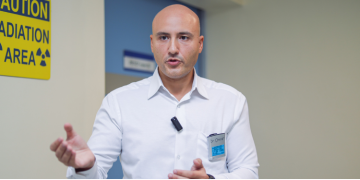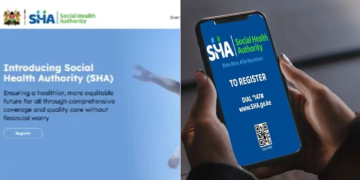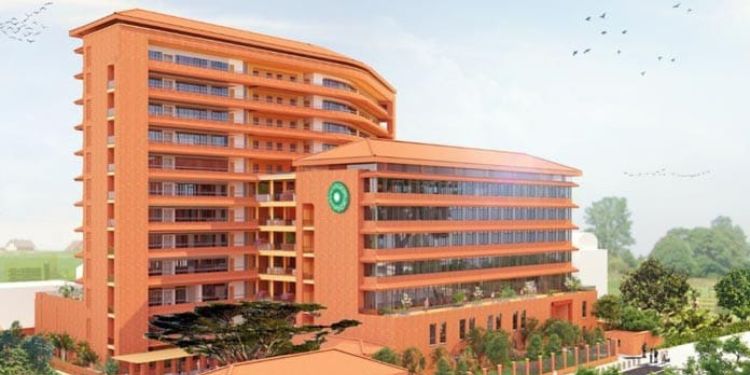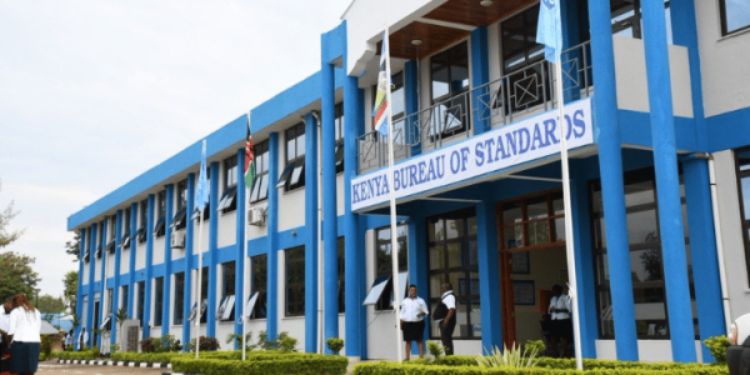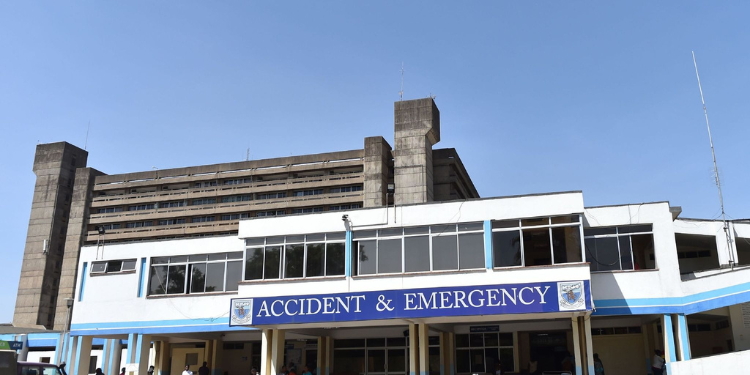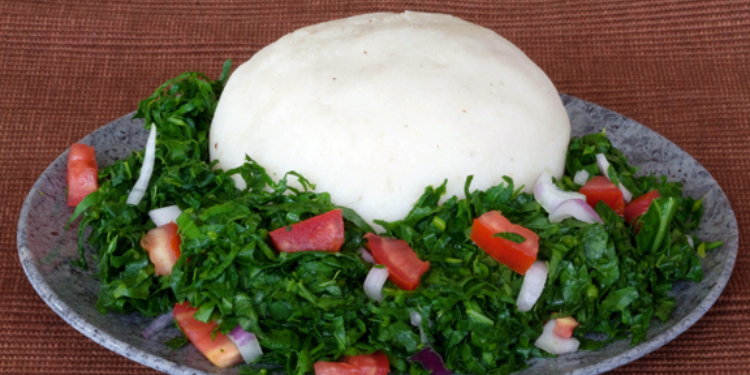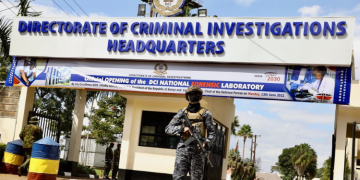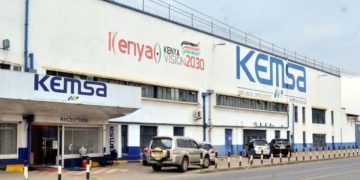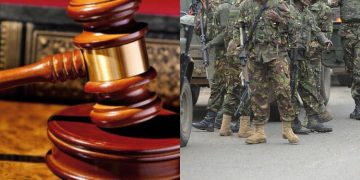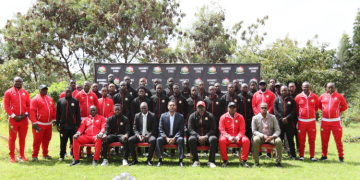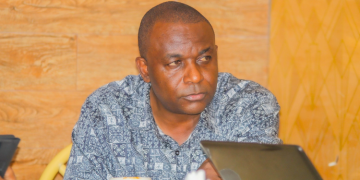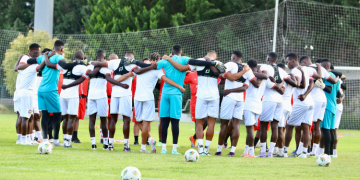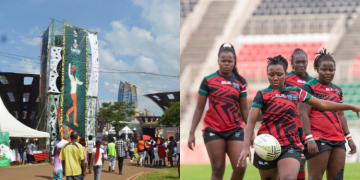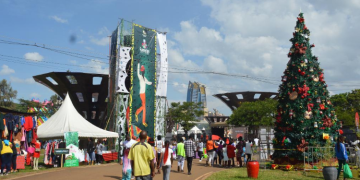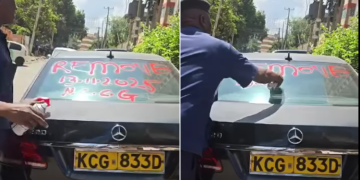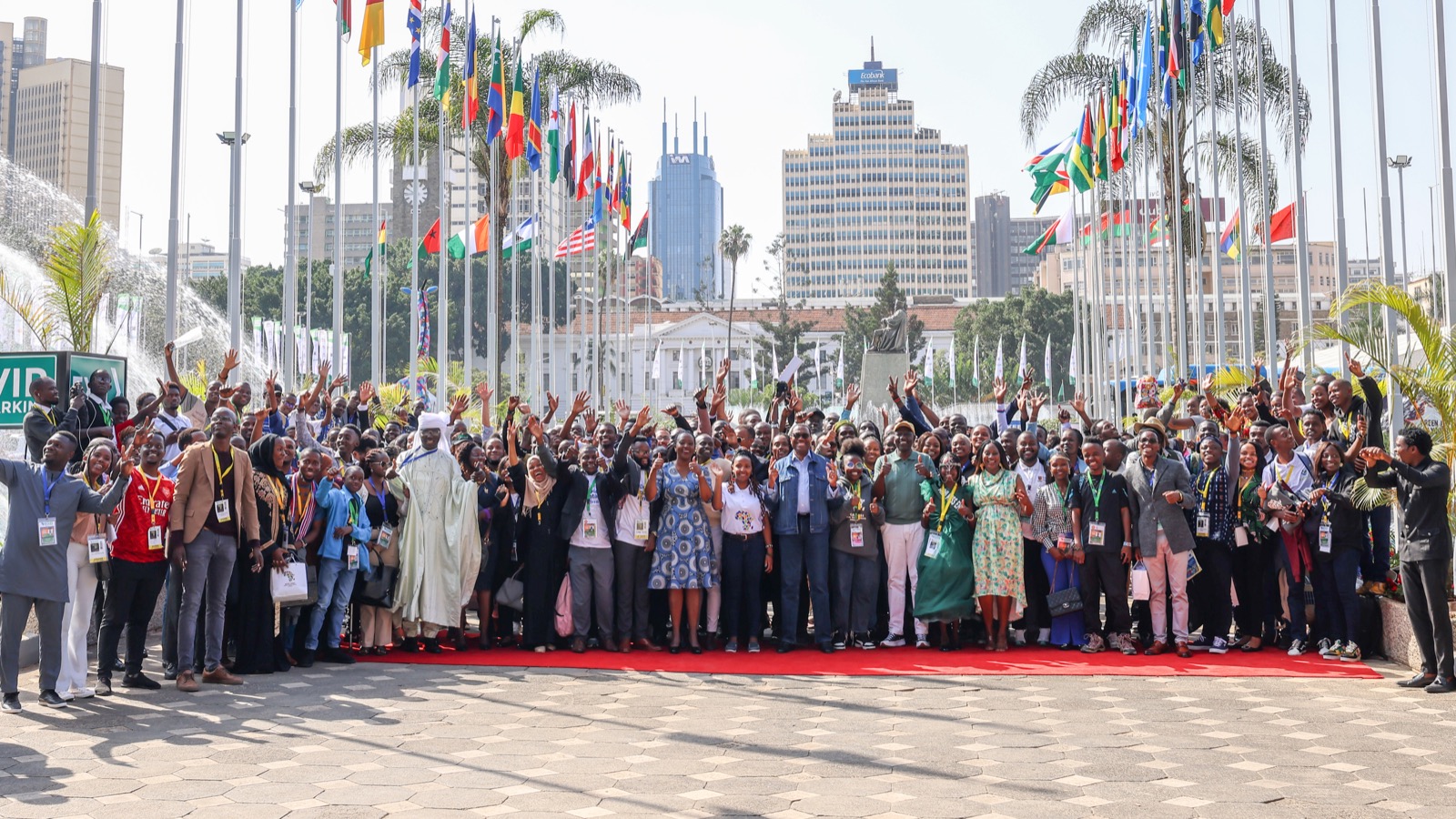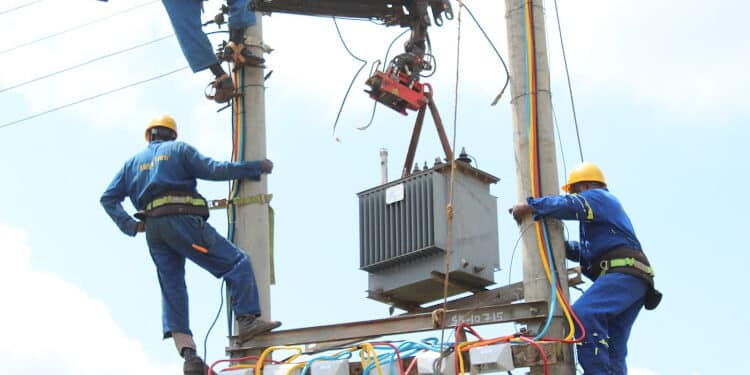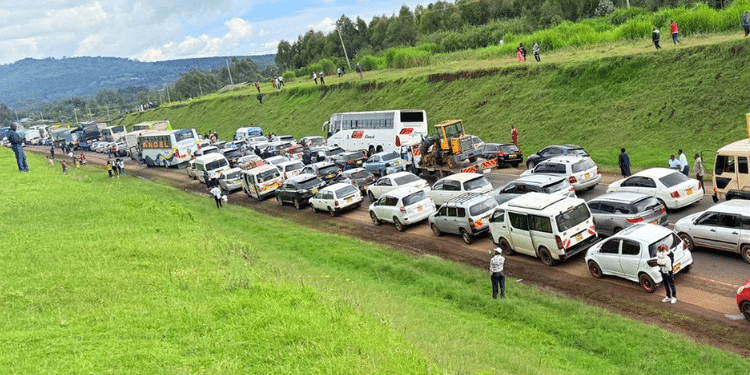The Motorists Association of Kenya (MAK) has accused government transport agencies of being directly responsible for the rising number of deaths and injuries from road crashes along the Nairobi-Nakuru highway.
In a strongly worded statement issued on Wednesday, October 1, MAK stated that the highway — which it described as the lifeline of the economy and the busiest in the region — has been deliberately neglected for over 15 years.
“The result is a daily harvest of death and injury. The Motorists Association of Kenya holds the government transport agencies directly responsible for this carnage,” said MAK.
MAK argues that poor road design, not driver recklessness, is the real cause of repeated fatal accidents at Gilgil, Mbaruk, Karai, Kijabe, Londiani, Taru, and Ngata before Salgaa.
“Did drivers suddenly become mad only in these sections?” MAK posed. “When Salgaa was dualled, the carnage stopped. That is proof enough that road design, not driver error, is the root cause.”
“Every time we raise the issue of poor road design aggravating accidents, government officials and their apologists quickly try to shift blame to drivers. This is a deliberate strategy to escape accountability.”
MAK Blames Govt for Deadly Crashes on Nairobi-Nakuru Highway
The Association dismissed official claims that even dual-carriageway roads record crashes, insisting that head-on collisions — the most fatal — only occur on single-carriageway roads.
“Dual carriageways separate traffic, meaning collisions are less severe and when they do, mostly involve stationary vehicles. Dual roads save lives, reduce overtaking risks, and mitigate crash severity,” MAK added.
“Concrete barriers and bold medians further reduce head-on crashes, as seen on the Southern Bypass, where the lack of barriers still causes preventable fatalities.”
Also Read: Govt to Introduce Instant Fines for Motorists and Boda Boda Riders
MAK also dismissed the government’s frequent claims that speeding is the primary cause of the increasing number of accidents.
“Officials like to blame speeding. But let us be real: the very purpose of a vehicle is to move faster than walking. Citizens must reach hospitals, attend court, meet work deadlines, deliver goods, and keep family commitments,” the association said.
It added that forcing motorists to crawl at 40 km/h behind heavy trailers would cripple the economy.
Instead of scapegoating drivers, MAK insisted, the government should fix the highway to make travel safe and efficient.
MAK further argued that drivers in the country are among the most heavily taxed in Africa, yet they continue to endure unsafe roads.
According to the association, nearly half the cost of every litre of fuel goes to taxation through the Road Maintenance Levy Fund, excise duty, and VAT.
In addition to these charges, motorists also bear the cost of vehicle registration, license renewals, identification plates, PAYE, court fines, and other fees.
Despite this heavy financial burden, MAK maintains that taxpayers are shortchanged, receiving dangerous single-carriageway roads and constant police harassment instead of safe and efficient highways.
Also Read: Why Kenyan Motorists Want EPRA Scrapped After Fuel Price Review
Corruption in Licensing and Enforcement
The association also linked rising road deaths to corruption in driver licensing and law enforcement.
“Driver licensing fraud – as exposed by the BBC – allows unqualified drivers on the road. Along the Northern Corridor, police openly collect bribes at static roadblocks instead of enforcing the law,” MAK charged.
According to MAK, the stalled dualing of the Naivasha–Nakuru–Mau Summit section is a deliberate scheme to pave the way for toll privatization and foreign control of the corridor.
“Billions were wasted on James Gichuru–Rironi, while the real priority was ignored. This negligence has resulted in the loss of thousands of lives and billions of dollars in economic losses. Even transporters are diverting to Tanzania’s Central Corridor,” MAK warned.
The association now demands the immediate upgrading of the Rironi–Naivasha–Nakuru–Mau Summit to a dual carriageway, installation of concrete barriers at blackspots, an audit of road funds, and accountability from negligent officials.
Follow our WhatsApp Channel and X Account for real-time news updates.
